When it comes to transporting cargo on flatbed trailers, secure and safe load transportation is paramount. An integral part of this process involves understanding how many straps are required to adequately secure your load. Properly strapping down cargo not only ensures compliance with legal regulations but also significantly reduces the risk of accidents on the road. In this comprehensive guide, we delve into the intricacies of load securing, exploring industry standards, best practices, and essential factors influencing the number of straps needed.
Understanding Load Securement Regulations
The Importance of DOT Regulations
The Department of Transportation (DOT) lays down stringent guidelines concerning load securement in order to prevent cargo from shifting or falling off during transit. According to DOT regulations, all cargo transported on highways must be secured in a way that it does not pose any danger to the vehicle, the driver, or other road users. For flatbed trailers, these regulations stipulate:
- The use of sufficient numbers of tie-downs.
- The necessity for each tie-down to be able to withstand specific weight limits depending on the cargo.
This introduces a critical question: How many straps does one need for a flatbed trailer?
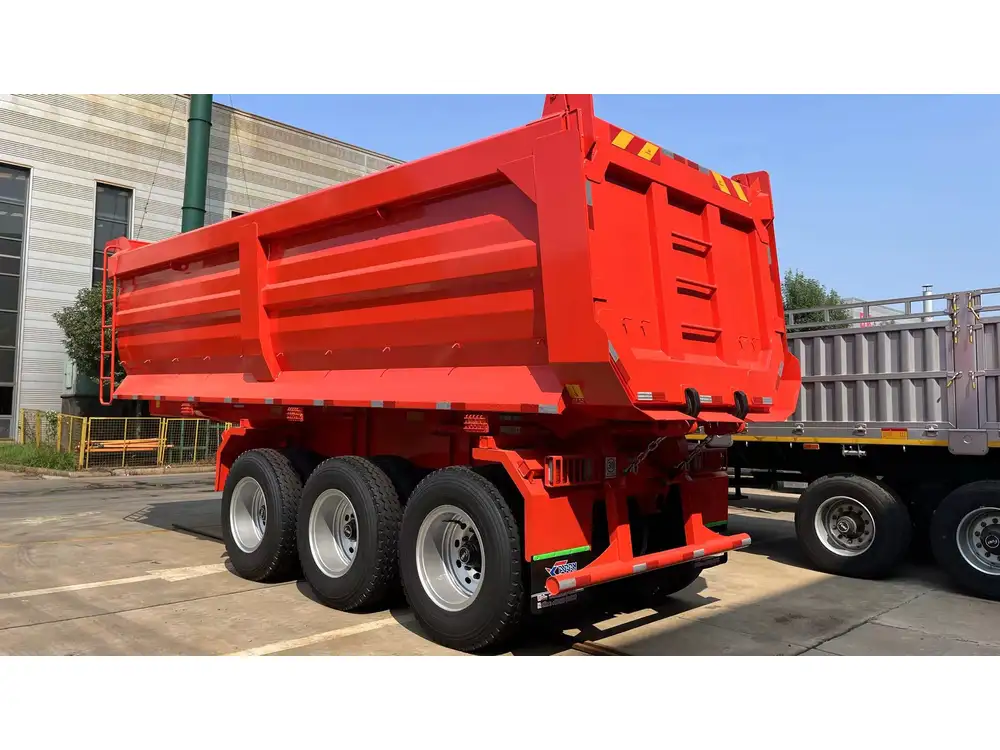
Minimum Requirements for Tie-Downs
The minimum number of tie-downs required often depends on the weight and dimensions of the cargo. Generally, the guidelines state that:
- For loads weighing up to 5,000 pounds, a minimum of 2 tie-downs is required.
- For loads weighing between 5,000 and 10,000 pounds, a minimum of 3 tie-downs is recommended.
- For loads over 10,000 pounds, a minimum of 4 tie-downs is essential, with additional tie-downs added to meet securement needs.
Factors Influencing Tie-Down Requirements
Cargo Weight and Size
Understanding how to calculate the proper number of straps starts with knowing your cargo’s weight and dimensions. The heavier and bulkier the load, the higher the number of straps necessary to ensure maximum safety. A simple yet effective approach is the “1/2” rule of thumb: for every 10 feet of load, one additional strap should be included.
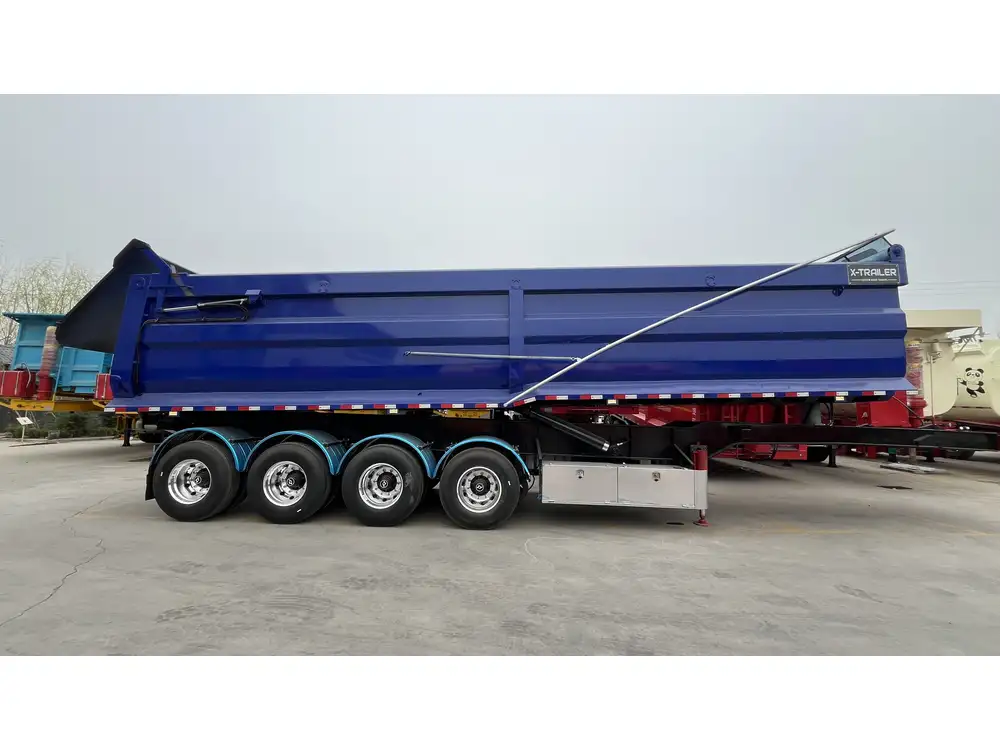
Load Distribution
Proper weight distribution is critical for trailer stability. Unevenly distributed loads may require additional straps along with specific securing techniques to maintain balance during transport. This highlights the significance of not just how many straps to use but also their placement.
Material and Type of Tie-Down Straps
Another vital aspect of load securement is the selection of tie-down straps. Straps come in various materials and ratings, influencing their capacity to hold loads.
Types of Tie-Downs
Ratchet Straps: Known for their strength and durability, ratchet straps allow for considerable tension adjustment.
Cam Buckle Straps: Provide ease of use and quick adjustments but with a slightly lower load capacity compared to ratchet straps.
Webbing Straps: Essential for lighter loads and typically less expensive than ratchet or cam buckle straps.
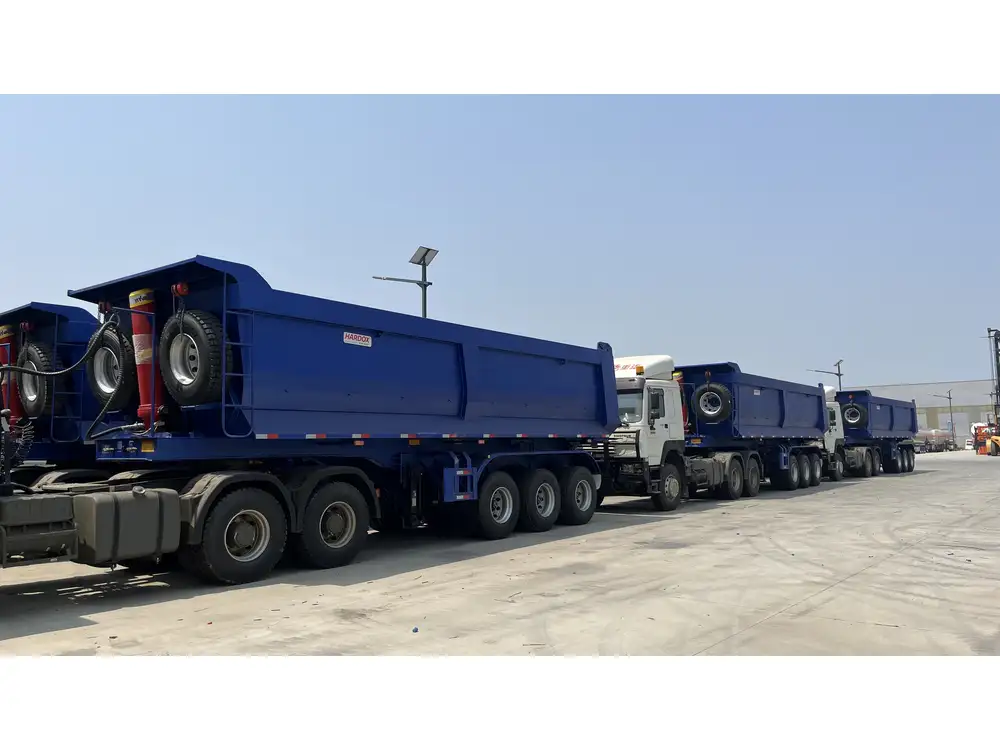
Straps and Working Load Limit (WLL)
Every tie-down strap has a Working Load Limit (WLL) designation, which indicates the maximum load that can be safely secured using that strap. It is crucial to consider the total weight of the cargo and ensure that the combined WLL of all straps exceeds this total weight by a safety margin—typically a ratio of 1.5 to 1. Safety first!
Best Practices for Using Straps on Flatbed Trailers
Secure Your Tie-Downs Correctly
Anchor Points: Always utilize the trailer’s designated anchor points. Failure to do so compromises the securement process.
Angles: Ideally, secure your straps at a downward angle of 30 to 45 degrees; this optimally stabilizes the load.
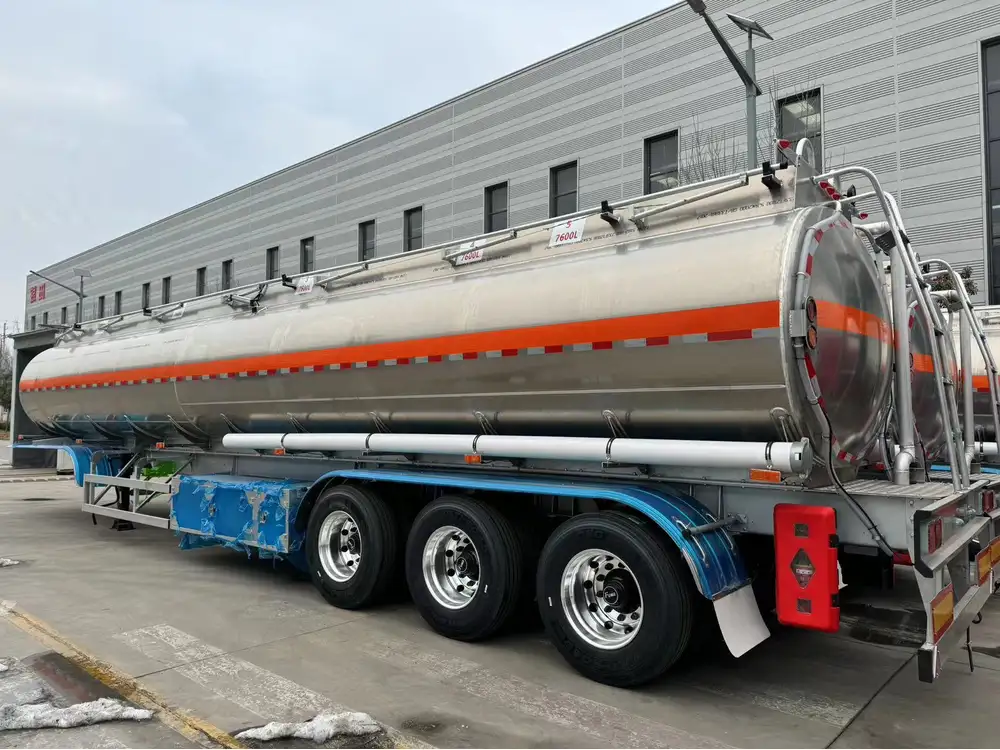
Check for Slippage
After securing the load, conduct a thorough inspection. Bounce the cargo and examine the straps to ensure they haven’t slipped. Double-checking is integral, especially before hitting the road.
Regular Maintenance of Straps
Inspect your straps before each use. Fraying, wear, or damages can significantly reduce their effectiveness. Replace any compromised straps immediately.
Load Securement Techniques

Crisscrossing Straps
For larger items, crisscrossing the straps adds stability. This method reduces lateral movement, particularly during sharp turns or sudden stops.
Edge Protectors
When securing devices come in contact with the cargo edges, using edge protectors will prevent damage and enhance strap durability.
Considerations for Specific Cargo Types
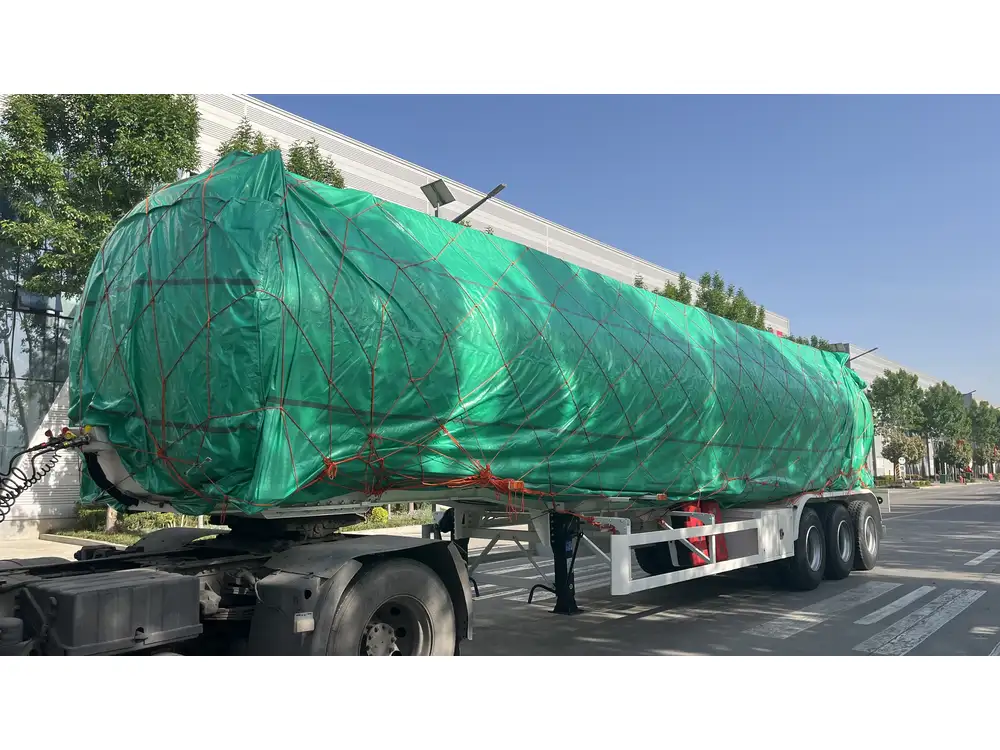
Construction Materials
For construction materials such as lumber or steel beams, it is advisable to use a combination of vertical and horizontal securement. The general recommendation is one strap for every 10 feet of length.
Equipment and Machinery
Heavy machinery requires specific handling; thus, it’s recommended to use chain binders along with straps to accommodate any irregular shapes and added weights effectively.
Vehicles
Transporting another vehicle on a flatbed necessitates a specific securing protocol. Generally, four straps should be applied to secure vehicles, with two at the front and two at the rear.

Common Mistakes to Avoid
Underestimating Load Size: Failing to measure your cargo accurately can lead to insufficient securement.
Relying on Inadequate Strapping Materials: Always utilize high-quality, rated tie-down products suitable for your specific cargo load.
Inconsistent Tightening: Straps should be pulled snugly. Loose straps are dangerous and highly ineffective.
Conclusion: Essential Takeaways
Strapping down cargo on a flatbed trailer is not merely a “nice-to-have” practice—it’s a legal and safety necessity. Here are some quick takeaways for secure and effective load transport:
- Calculate the number of straps based on cargo weight and size.
- Understand the importance of the Working Load Limit (WLL) of your straps.
- Consistently check your load for movement and securement after loading.
- Use high-quality straps appropriate for the type of cargo you are securing.
Final Thoughts on the Safe Transport of Goods
We must prioritize safety and compliance on the road. The correct number of straps, types, and securement techniques can mean the difference between safe transportation and potential disaster. By following the outlined guidelines, ensuring proper materials, and regularly inspecting every aspect of your load securement, we can contribute to a safer transport environment for everyone.
Implementing best practices in cargo securement enhances safety and mitigates road hazards, fundamentally ensuring the integrity of the goods transported and the well-being of all road users.
With this extensive knowledge at your arsenal, you are now equipped to approach flatbed trailer loading with the confidence that safety is paramount, and your cargo will arrive at its destination securely and responsibly.



